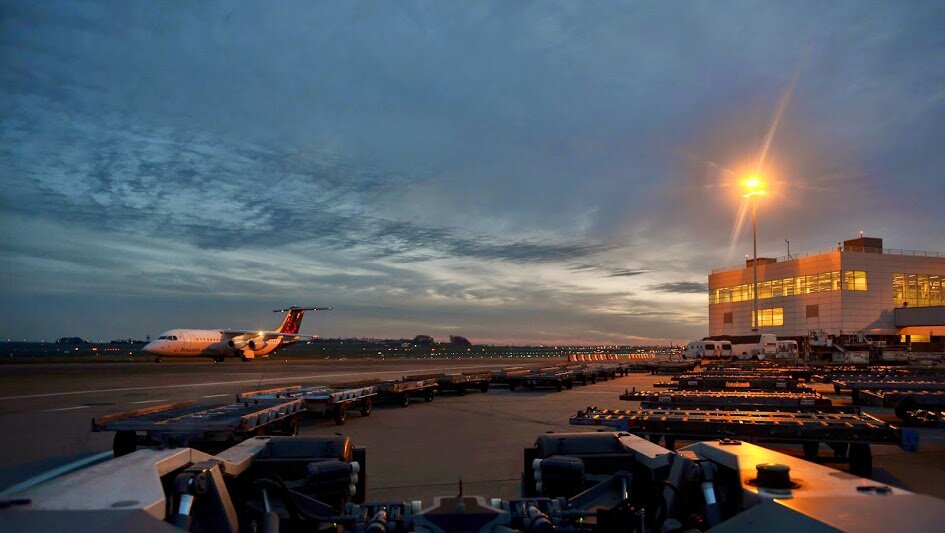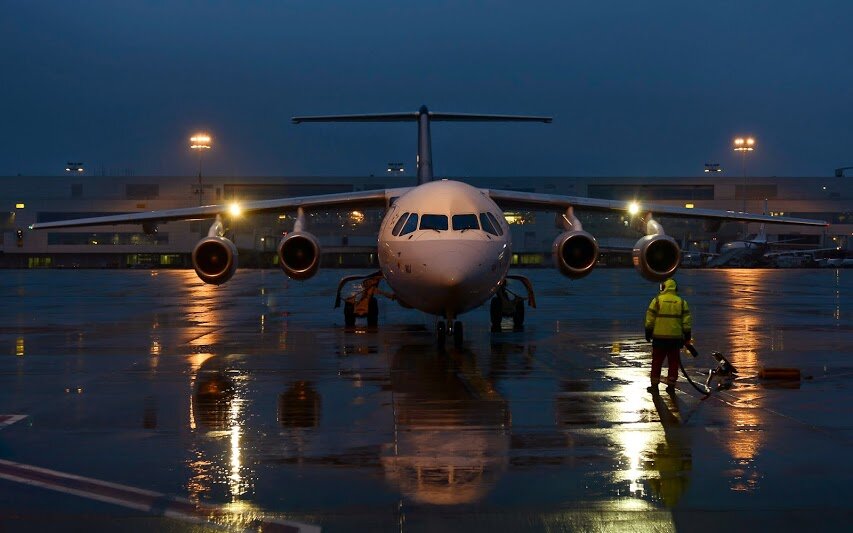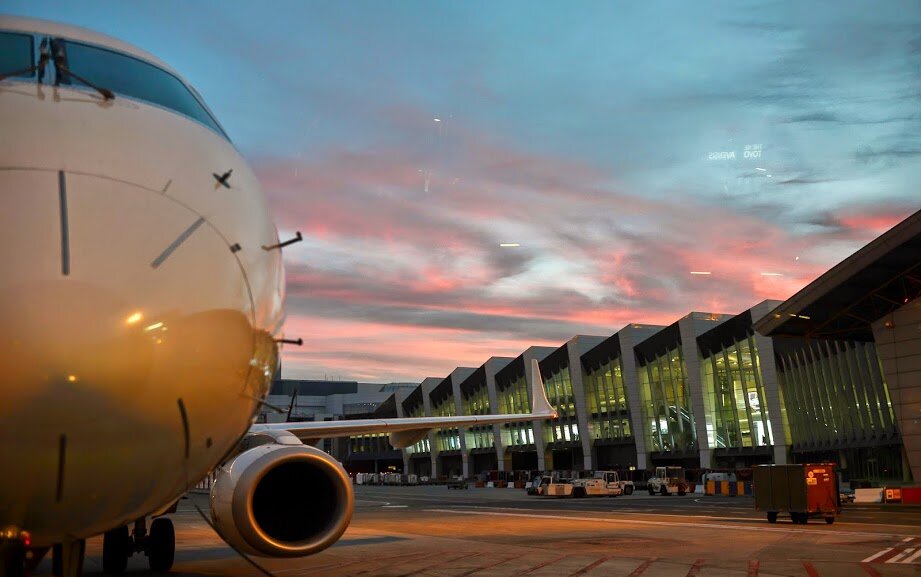Published Articles

This is Why No Airport Privatization in the U.S.
I was President and CEO of Airports Council International – North America (ACI-NA) for eight years, from July 1, 2005 through June 30, 2013. During those eight years, I had more conversations than I could possibly count with people who wondered why airport privatization has not taken off in the United States. Many of these conversations were with people heavily involved in running or financing privatized airports around the world. Many were held with U.S. colleagues who thought privatization would provide benefits. In the world’s largest economy, and primary bastion of capitalism, airport privatization has remained the rarest of infrastructure animals. Why?

Climate Change Impact on Aviation: What You Need To Know
There are fundamental differences in how climate change impacts airports. Airports are operationally different from, say, power stations or seaports. For example power stations are intrinsically enclosed facilities; their encasement against external elements is relatively straightforward. With seaports, appropriate walls or physical barriers can be erected to shelter against potential increases in rough seas or in sea-levels.
For airports, it is not possible to simply build physical barriers to close them off against adverse atmospheric effects that may afflict flight operations.

Airport Workforce Development is Hotter Than Ever
Some time back, I wrote Airports Compete for New Talent about the challenges presented to today’s airport industry by the continuing need to attract, retain and develop airport talent.
Whereas most people think the biggest airport challenge is security or air service (important, of course), what really occupies the minds and conversations of airport executives is meeting this challenge. As Dan Parsons said in the first of his excellent three article series, “At some point, the job (of airport executive) becomes less about technical expertise and more about leading people.”
The question has become, where are those people coming from? Why are they different than what I am used to? And, how do I deal with all this? THOSE are the questions I most hear airport leaders discussing in the bars and restaurants – places where they can feel free to talk about any subject on their minds.
As I wrote back then, this was once an industry in which most talent came through certain pipelines and tended to stay through their careers. All of that has been upended. Many of those pipelines exist, certain schools still have good programs, and many people still obtain certain certifications. But the overall picture is uncertain and unsure.

Thailand Aviation: What Happened to It?
In our growth markets series, we covered China, Turkey, Australia, Indonesiaand South East Asia Aviation. Today, we take a look at Thailand.Last year, Thai Airways announced it was axing the Bangkok-Los Angeles route, in a move that put an end to 35 years of service to the US. Rome and LAX were two loss-making routes reported to be costing the airline $3 million a year. After a net loss of $445 million in 2014, Thai Airways’ debt skyrocketed to $5.9 billion, the highest among Southeast Asian airlines.
Once admired for its dream of competing with the likes of Singapore to become Southeast Asia’s global hub, Thailand has seen things changing fast. From the delivery of its flag carrier’s first A380 to the red stamp received by ICAO last year, Thailand seems to have lost its edge. Or has it? After all, Thailand’s airports have doubled traffic in six years, and carriers are ramping up with aggressive plans for expansion.

Airport People Power: Diversity
This is part three of a series where I explore concepts associated with people management, inspired by Greg Principato's post on the key concern of airport executives: people. Part one is on discipline and part two on development.
So far, we’ve discussed people management techniques that apply to your current workforce. This article relates more to building or replenishing your team in a way that should see its output increase. It is also a relatively controversial concept.
The reasons why workforce diversity is still a “special interest” activity rather than part of our “day to day” varies. It is likely to be a combination of poorly implemented corporate policy, fearful entrenched management and, even cultural prejudice (be it racism, sexism, agism, etc.). It might also be because diversity interventions can conflict with a person’s morals and values.

Airport People Power: Development
This is part two of a series where I explore concepts associated with people management, inspired by Greg Principato's post on the key concern of airport executives: people. The first article in the series looked at discipline.
There seem to be a million internet memes on developing your staff with the “what if we don’t and they stay” posting on LinkedIn on a seemingly four-week cycle. So, it seems almost needless to discuss why we need to invest in our teams but we will, briefly, and then will move into some ideas on development that won’t break the bank.

Airport People Power: Discipline
This is part one of a three part series on approaches to airport people power inspired by Greg Principato's post on a key concern of airport executives: people.
At some point in the careers of most airport managers, the job becomes less about technical expertise and more about leading people. There are plenty of books on leadership, business and management by more eloquent, intelligent and talented people than this author. But in recently building a new airport team and operating model in a challenging regional airport environment, three areas of focus came to the fore.
The first of these is operating discipline. This area is, by far, the most foundational. It takes significant work to set up but it has a long lasting effect.

Public Private Partnership (PPP): How to Get to Transaction Close
In my first article Public Private Partnership (PPP): What You Need to Know, I explained the role of Public Private Partnerships (PPP) and their significance in the development of airports. The activity involves consolidating numerous variables, and disparate interests and motivations into a single working framework i.e. the Airport Master Plan. In this article, I will outline the process that enables these variables to be rationalised and how the PPP mechanism is kick-started.[1]
